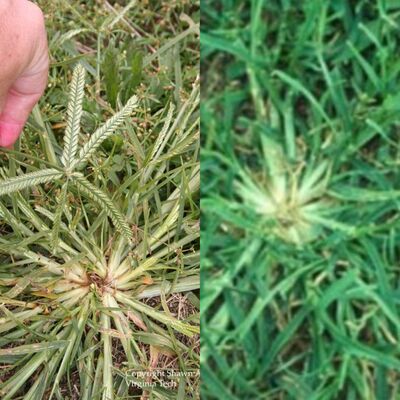Goose grass The Unknown Powerhouse of Nature
Goose grass, sometimes referred to as sticky weed or cleavers, may appear to be simply another invasive weed, yet it has unexpected health advantages that are frequently overlooked. This article explores the many health advantages and applications of goose grass, which make it a useful addition to green kitchens and natural medicine cabinets.
Benefits of Nutrition and Medicine
- Because of its amazing range of therapeutic benefits, goose grass is widely valued in herbal therapy. As a diuretic, it promotes the health of the kidneys and urinary tract by boosting urine production and eliminating toxins. Its support for the lymphatic system is also essential for treating lymphatic congestion and lowering edema.
- Goose grass’s high vitamin C content boosts immunity, particularly during the cold and flu season. Additionally, it has silica, which is good for the skin, hair, and nails. The plant’s anti-inflammatory qualities provide treatment for those with arthritis and other inflammatory diseases.
Gourmet Treats Using Goose grass
- Goose grass has several health benefits, but it can also be a wholesome food supplement. Goose grass’s tender young shoots have a delicious flavor in addition to being edible. They can be cooked like spinach or added raw to salads for a crisp texture and somewhat acidic flavor. Goose grass is a nutritious addition to soups, stews, and smoothies.
Conventional Treatments and Uses
- Because of its calming qualities, goose grass has been used to make restorative poultices for wounds and skin conditions since ancient times. Goose grass is a powerful cleansing ingredient when brewed into a cool tea. Goose grass juice also promotes a brighter complexion by being administered externally to treat acne and other skin irritations.
Tips for Growing and Foraging
- Although goose grass is a hardy plant that can grow in a variety of environments, it favors soils that are moist and high in nitrogen. Goose grass is easily recognized if you want to forage for it because of its sticky stems and tiny, hook-like hairs that cover them. In the spring, when the plant is young and less fibrous, harvesting is most effective.
In conclusion
- Goose grass is frequently disregarded or viewed as an annoyance, yet it truly has a wealth of health advantages. It is a useful plant to recognize and use because of its flexibility in both culinary and medicinal purposes. Think about the many ways goose grass can improve your health and well-being rather than throwing it away. Discover the untapped potential of this little natural gem.

